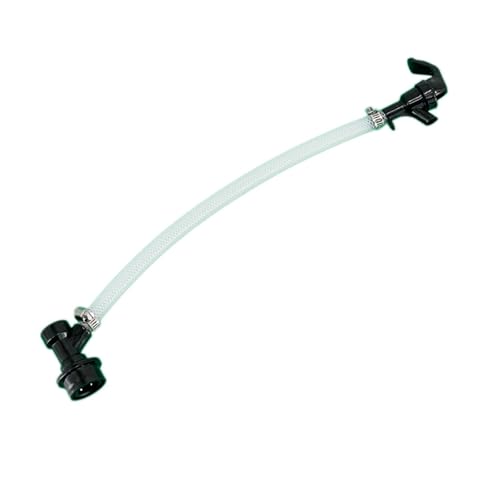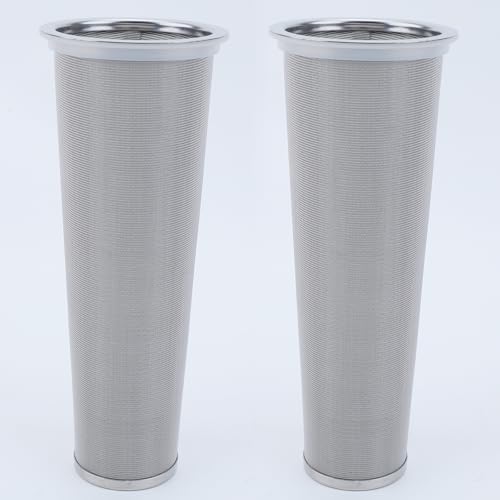And #1 and #2, oxygen is not that aggressive in non bio transformed beers, as there are less bindings going on, it definitely affects but I've had commercial bottle condiotions dry hopped saisons, some 3 years old and there was still hop freshness, due to that lack of binding components going on. He's reducing hop extraction at whirpool by removing them earlier and he's doing the same thing with the use of bags at dry hop, I don't do Hazy IPAs but I do dry hop other beers and I had a massive change in my beers when I moved from musslim bags to a hop tube in dry hop.
So I would leave the hops until the end of the cooling, a strainer is pretty easy to sanitize so you can use it at cool temps, and move to a hop tube, it will improve a lot the hop extraction. Oxygen shouldn't be a major issue when it comes to not biotransformed beers, obviously don't leave them there to sit for months, specially out of the fridge, but they should be good during a couple months so you should be able to drink through those batches while still tasty







































